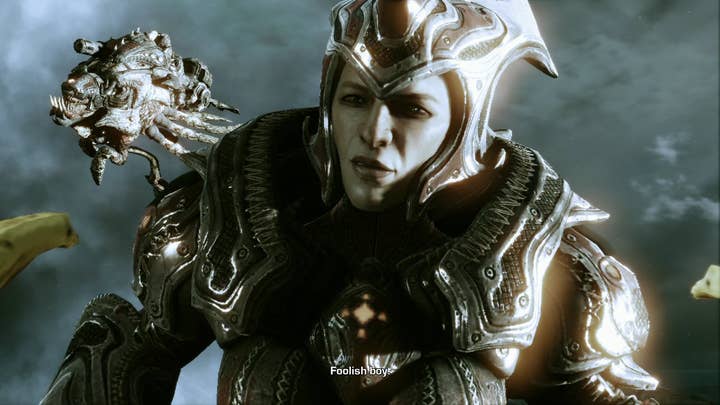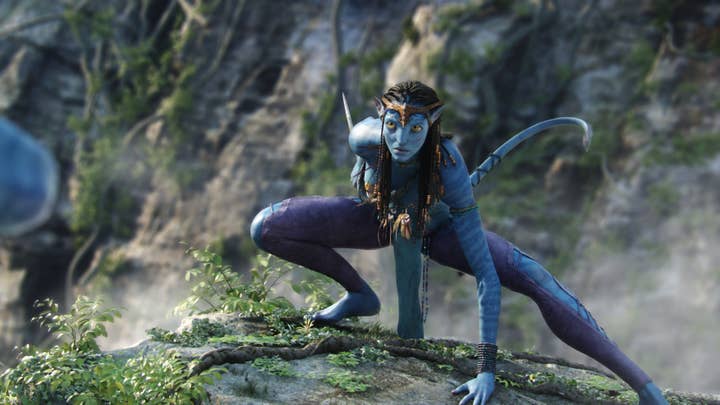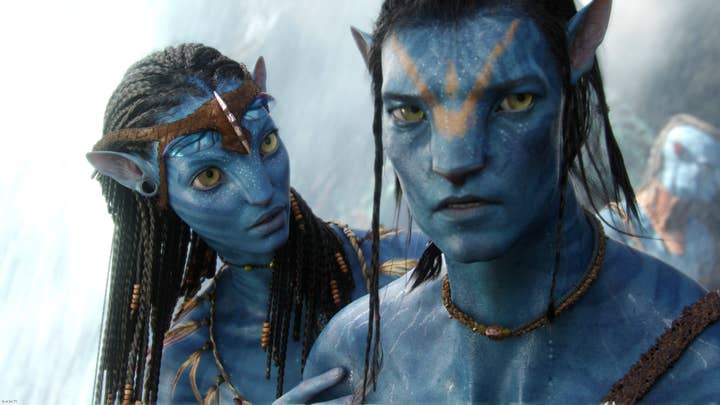Tech Focus: The Next-Gen Challenge
Will next-gen consoles really produce Avatar quality visuals? Digital Foundry investigates
Yesterday's arrival of Epic's excellent Gears of War 3 represents a crucial landmark in the ongoing story of the current generation HD consoles; a stunning demonstration of first party technical quality achieved with a multi-platform middleware. Not every game will benefit from Epic's level of experience or enjoy the same colossal development budget of course, but the fact is that the core tools are there for third party publishers to produce video games that represent the current console state-of-the-art.
If we have now reached a point where this level of visual quality is available to anyone looking to license Epic's tech - or indeed Crytek's superb CryEngine 3 - then is there really any actual need for the next-gen consoles we fully expect to get their debuts at E3 2012? Just what can the new hardware add to the gaming proposition, and in the here and now, how are developers preparing for the next wave of hardware?
What can new console hardware add to the gaming proposition and in the here and now, how are developers preparing for the next wave of hardware?
When asked the next-gen question in a recent interview with VG247, Cliff Bleszinki replied very simply: "The graphics aren't good enough yet, goddammit. And anybody who says they are is full of shit... I want to see Avatar in real-time, and I want to see beyond that. Gears 3 looks outstanding, and the new Modern Warfare and Battlefield look great, but we can absolutely do better."
Avatar-level graphics running in real-time is certainly a lofty goal, first proposed by Director of ISV relationships at AMD Neal Robison, in an article for the US Official Xbox Magazine, but since then others have mentioned it as the aspirational standard for next-gen visuals.


"One of our rendering guys was looking at that article and was saying he reckons that's doable now with DX11 on PC," Crytek UK principal programmer Pete Hall said to Eurogamer, "I get the feeling it could happen. It could be next-gen consoles. It does feel like if we're able to keep pushing DirectX 11 into the next generation of consoles we should be able to produce some fantastic stuff with CryEngine."
However, there is a definite sense that the Avatar standard is something of a buzzword and there's nothing substantial at the moment to back the claim. Epic itself has already released its own next-gen vision - the superb Samaritan demo - powered by Unreal Engine 3 and its new DirectX 11 extensions, utilising the processing might of three GTX580 graphics cores running in parallel. That's a mammoth amount of GPU power, but as Epic's Mark Rein rightly says - the high-end PCs of today are the consoles of tomorrow.
Avatar comparisons are perhaps a touch ambitious though bearing in mind that even running Toy Story in real-time on any currently available consumer-level hardware would be a seriously impressive feat. Consider this fascinating article on the make-up of the Weta Digital server cluster that processed Avatar's CG: we're talking about 34 racks of servers, each with four chassis of 32 machines - 40,000 processors and 104TB of RAM. Even then a single frame could take several hours to render. We are decades away from this level of rendering power being available in a home console.


Put into perspective like that, the notion of that level of CG fidelity running on a next-gen games console seems like little more than a pipedream. This is not to say that the new consoles will not present a massive improvement over what we have now, and Epic's Samaritan vision along with the capabilities of the hardware that runs it is in line with what other well-informed industry prognosticators are saying we can expect.
"The next-generation will be here soon, in a couple of years. That's going to be that much farther beyond that. It'll be another ten times as powerful as this," John Carmack told Eurogamer, moving on to raise further questions on just what form the next-gen advantage will actually be bearing in mind the visual fidelity we see now.
"The better games get the harder you have to go to give a delta people care about. That's going to be a challenge for the next generation of consoles, to show that the pack-in title is going to look more awesome than what you get on the current ones that people will want to go spend $300 on a new console. They'll be able to do it on the next generation, but it's going to be much harder."
So what can we expect to see that will be so much better than what we have now? First up, let's take a look at the rather unexciting fundamentals. With 1080p now the established standard for HDTVs, with even lower end displays offering a "full HD" display, we would expect the base resolution of games to rise to match them, and we wouldn't be surprised to see some level of hardware assistance for stereoscopic 3D. Improved resolution by default will produce higher quality in texture filtering ensuring a far cleaner presentation all-round. In terms of textures themselves, we would hope to see an end to low-res artwork - assuming the new hardware offers up the levels of RAM that developers are hoping for.
Typically from generation to generation we have seen an 8x increase in RAM, suggesting a 4GB standard on the next-gen Xbox and PlayStation. However, memory is by far the most coveted system resource and a recent GameFest presentation from Crytek reveals that the developer is hoping for RAM in excess of 8GB for the next wave of consoles. Bearing in mind how strongly developers fought for the 512MB of RAM in the Xbox 360 over the initial 256MB spec, we would expect the platform holders to be considering requests like this very seriously, especially as the level of RAM has clear implications on the longevity of the platform.
